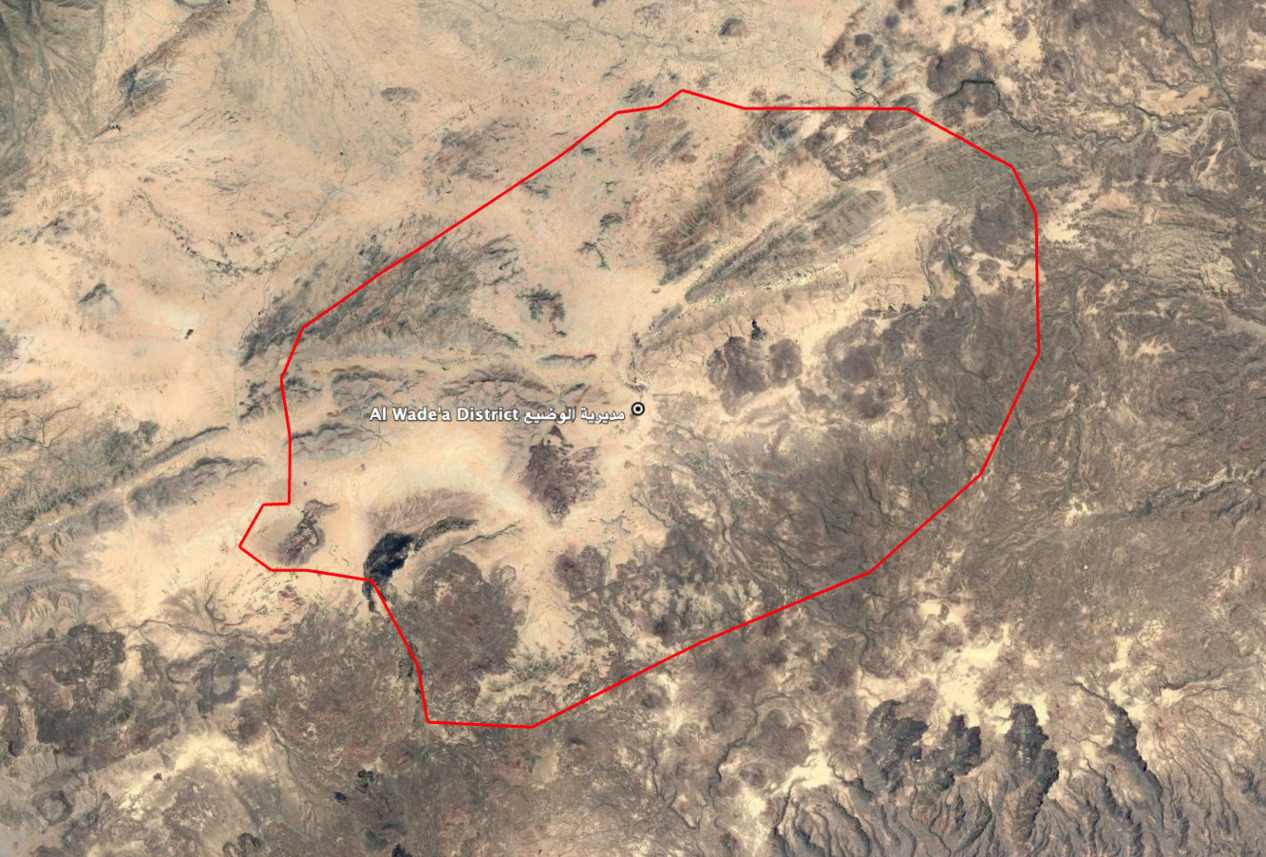Incident Code
Incident Date
Location
Geolocation
Geolocation
Airwars Assessment
(Previous Incident Code: YEMT014)
Multiple sources suggested that, on the afternoon of March 2nd 2017, a US airstrike targeted a car in farmland surrounding the Wadea district of Abyan province, reportedly killing five AQAP militants – including a regional militant leader in Dar Saad Aden. There were no reported civilian casualties.
Multiple sources named the AQAP leader as Osama Haidar, and named the others killed as Rasas al-Adani, Saraq al-Adani, Radwan al-Adani, and Hamli al-Bureiki.
The car, reportedly a Corolla, was said to have been struck at 3:30pm while, according to one source, it was transporting weapons and explosives from Wadea to Mojan in al-Maraqisha. One local language Facebook source indicated that the strike took place on Al-Waddi Road, in the al-Khobar area. On March 6th, the New York Times reported that the strike took place as the car passed through a farm. After the strike, AQAP militants reportedly removed five bodies from the wrecked car.
Speaking with NBC, Haidar’s brother-in-law, Aly Mohamed Somly, confirmed that Osama Haidar was killed in a strike against a car, along with four others. Somly told NBC that Haidar had joined AQAP after the organisation freed him from jail, where he was tortured. NBC reported that, according to Somly, “Haidar fought with al Qaeda against the Iranian-backed Shia Houthi rebels. He then found himself fighting Saudi and United Arab Emirates forces when those countries began fighting al Qaeda”. Akhbar al-Youm reported that Osama Haidar also went by the name “Abu Al-Bara”, and was accused of killing sixteen people in an attack on a nursing home in Sheikh Othman district, Aden, in 2016.
This reported airstrike took place amid a dramatic intensification of US operations against AQAP. On March 3rd, Pentagon spokesman Captain Jeff Davies announced that more than thirty strikes had been conducted since March 2nd in Yemen. On the same day, Associated Press reported that Yemeni officials and residents said that the US had conducted “dozens of airstrikes on al-Qaida targets in Yemen overnight and in the past 48 hours in one of the lengthiest, sustained operations inside this conflict-torn Arab country”. A US military intelligence source told NBC News that the strikes beginning March 2nd were “part of ‘new directives’ to aggressively pursue the Dhahab and Qayfa clans”.
Key Information
Geolocation Notes
Reports of the incident mention a vehicle being struck within farmland in the south of the Wadi’a (الوضيع) district while travelling towards the village of Al Khabr (الخبر). Due to limited satellite imagery and information available to Airwars, we were unable to verify the location further. The generic coordinates for the district are: 13.713333, 46.011944

Reports of the incident mention a vehicle being struck within farmland in the south of the Wadi’a (الوضيع) district while travelling towards the village of Al Khabr (الخبر).
Imagery: Google Earth
